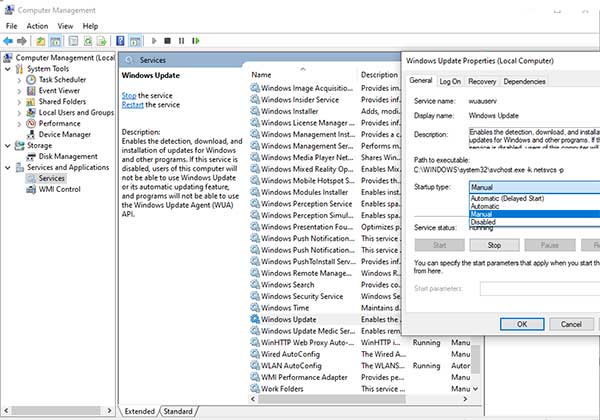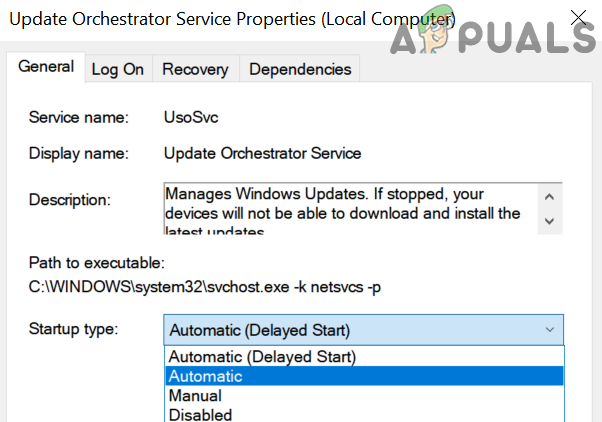
Method #4 – Following Services and Scheduled Tasks are required Make sure, it does not auto-start after stopping it. You can disable the Windows Update service, if you find a problem renaming the “softwaredistribution” folder. Ren %systemroot%\system32\catroot2 catroot2.bak Ren %systemroot%\softwaredistribution softwaredistribution.bak To make them run using command-line, you can make use of Command Prompt using Administrator privileges. There are a lot of services that are required for Windows 10 updates to be working. Method #3 – Update Services should be up and running


This will fix the Windows 10 update not visible in the settings. My screen was locked but I was logged in.Related : 6 Solutions to Realtek Audio Driver Problems in Windows 10 and 7 The process C:\WINDOWS\system32\svchost.exe (TITAN) has initiated the restart of computer TITAN-10 on behalf of user NT AUTHORITY\SYSTEM for the following reason: Operating System: Service pack (Planned) Checking the event logs, I find the following: A short time I returned to the computer to find it had restarted. The GP "No auto-restart with logged on users for scheduled automatic updates installations" is enabled.Ī day or two ago, I applied an update that took 30+ mins to run but it got there eventually. That fixed the problem just fine and I've been updating at times of my own choosing for the last few years.

To deal with that, I disabled the Update Orchestrator and renamed out the "reboot" file in the sys32\UO folder then replaced it with a folder of the same name.

One thing I really detest about Windows is how it will reboot the system automatically.


 0 kommentar(er)
0 kommentar(er)
